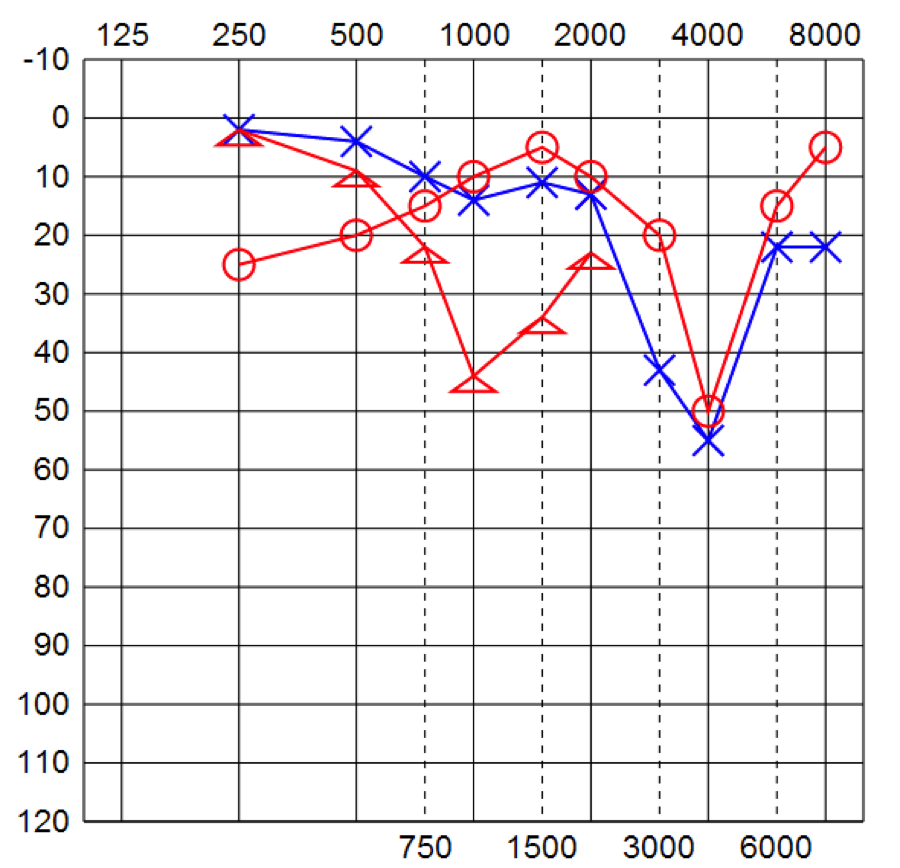March 31, 2014
AiMED Stat is a startup working to facilitate better medical information capture, analysis, and reporting through web and mobile technologies. They provide clinicians with easy-to-use tools and provide researchers with direct access to real-time information capture from the front lines of medicine. They recently worked with the audiology clinic at University of Western Ontario (UWO) and used a Riak system to help the University collect and search data related to the research.
In general, innovation in health research databases has been very stagnant – with many companies simply opting for a legacy relational system like MySQL or PostgreSQL. However, AiMED Stat realized the limitations of these systems. With these relational systems, researchers would need to decide their schemas at the start of studies. However, once researchers were a few months into a study, they would need to update data or collect data in a different way. This meant researchers needed to update the entire table, which involved very costly data migration. As AiMED Stat set out to manage and present research data in a better way, it simply wasn’t feasible for their two-person team to manage a costly data migration every time there was a data update. So they began to look at more flexible, NoSQL databases as a replacement.
They first looked at MongoDB, but soon learned that MongoDB wouldn’t be able to handle their high write volumes without losing data. In clinical research, data loss is never acceptable as it can skew results. They then looked at Cassandra; however, for a small team, they found Cassandra to be too complex to operate efficiently. Finally, they evaluated Riak. They were immediately drawn to Riak’s flexible data model, schemaless design, and ability to scale out quickly. In 2011, they brought Riak into production as the backend of their research data application.
“We set out to create an application that stores and queries data in a way researchers understand,” said Kartik Thakore, Co-Founder at AiMED Stat. “By using Riak to power our application, it gives us a sizable competitive advantage (relative to other electronic audiograms). Its flexibility allows us to store data exactly as needed, its ease-of-scale eliminates the chunk of our budget previously dedicated to data migration, and its high availability ensures we never have to worry about losing data. Riak is a breath of fresh air – it does exactly what we need it to do.”
Their Riak application enables rich HTML5 forms for data collection, using a method that increases compliance and data integrity at the point of capture. From data collection, demographic identifiers are used as the key in Riak and values are stored as JSON. Riak post- and pre-commit hooks are used to further validate the data. Additionally, Riak Search, Secondary Indexes, and MapReduce are all used to allow researchers to store and search data (via a D3.js enabled application) using an Audiogram shown below:

(Audiogram shows Frequency vs. Decibel and uses the ANSI Symbol Legend)
This Audiogram allows researchers to easily search within the graph to find and compare patients that match certain audiological profiles. The quicker researchers can find patients for their study, the quicker they can get funding, making this queryability imperative.
AiMED Stat is currently running five-nodes in production and looking to scale out as they grow. “For us, the importance is not on big data but on never losing data,” continued Kartik. “With Riak, we can rest assured that all our data is archived and accessible, regardless of scale or write volume.”

